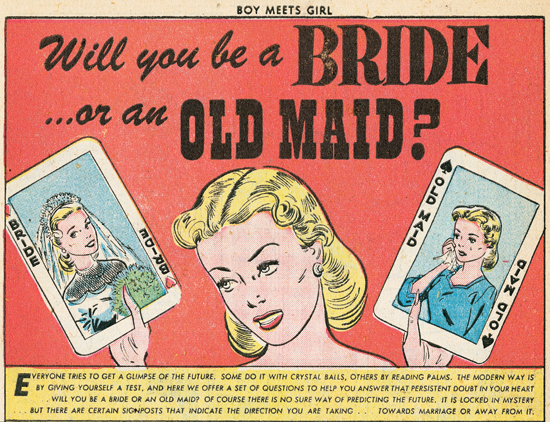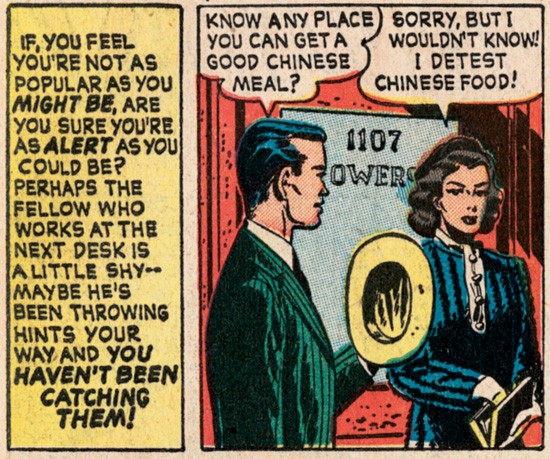
by Brad Warner
About a week ago I saw a posting on Facebook regarding a big Buddhist gathering in upstate New York. The post read as follows, “Next week, New York’s Garrison Institute will be hosting some 230 Buddhist teachers for a conference on a range of topics concerning the future of Buddhist practice in North America, including legacy, succession, lineage, ethics, and ‘how to preserve and adapt the Dharma in new conditions without losing depth.’ The conference, known as the Maha Teacher Council, is by invitation only.”
I reposted this link on my own Facebook page with the following comments, “Oh nice. A self-selected group of important Buddhists get together to decide what’s best for the rest of us. Gatherings like this worry me a lot. The intent is to create a unified sense of what Buddhism ought to be. It’s like trying to create a unified sense of what art ought to be. Very Soviet sounding to me.” This generated a lot of commentary and crosstalk that’s still going on even as I type this.
One of the initial comments asked if I was “butt hurt” at not being invited. I’m not sure if “butt hurt” is how I would describe my feelings. But the commenter was correct in assuming I was not invited. And he was on the right track in thinking that my not having been invited was part of my problem with the event. But it wasn’t because I was “butt hurt.”
[..]

by Aaron Colter
There’s been a collective pants shitting in the comic book industry this week as DC Comics announced that they would relaunch nearly every series this September as a #1 issue, making the content available for download on the same day as print versions hit stores.
Shop owners are crying the death of the industry, and other publishers are trying to play catch-up. Meanwhile, DC Comics is taking a huge gamble on its latest venture. It’s no secret that the company has been playing second-fiddle to Marvel Comics, now backed by the giant Disney corporation, and cleaned house to make room for new executives from a more traditional background that owners Warner Bros. found necessary.
As harsh as it may sound, DC Comics can’t be supported by serialized issues that are sold to only a few hundred thousand costumers, at best, every month. The real money made by Batman, Superman, and all the other beloved characters, is in stupid shit, like T-shirts, movies, action figures, cartoons, and anything else you can slap a logo on to make it appeal to children and nerds.
[..]

by Aaron Colter
I didn’t ask to be born. None of us did. But there are still some really good things in life. Think about it! Rain drops on roses and whiskers on kittens . . . and boobs. Anyway, it’s my birthday, so I think about these things, and dying. Out of all forms of entertainment, music makes me feel the most of alive. We should all go to a concert soon, together, and make-out. Until then, here are some songs that get the blood pumping.
[..]

by Laurelin
Remember that dream from when you were younger? The one where you’re walking the halls of your high school and everyone is looking at you funny and you can’t figure out why, and then you look down and find that you’re naked, and everyone sees you at your most vulnerable. That dream came true for me this past Saturday night. Instead of being involuntarily naked in a dream, it was real life, and I had actually consciously chosen to go nude on a stage in front of a theatre full of strangers.
Naked Girls Reading is exactly what it sounds like. I heard about it randomly one night out in Boston and thought that it would be a perfect wacky event to cover for my Boston nightlife blog. I sat in the darkened theatre at midnight and watched with bated breath as four women came out in beautiful silk robes and sparkling jewelry and fantastic heels, and one by one, they approached the microphone, dropped their robes, and read to the audience from a book. Was anyone listening to them? I kept losing track of what they were saying because I was just so amazed, they were there… naked, for everyone to see.
[..]

by Aaron Colter
So, last week’s post sucked. You know it, I know it. Let’s move on. This week’s isn’t much better, but it’s still better. A simple list of some cool stuff you should check out.
[..]

by Blogbot
Agonizing Love is a beautifully put together compendium of strips culled from the lost genre of romance comics. According to the volume’s curator and author, Michael Barson, an avid fan of retro-pop culture and a collector of all manner of flotsam and jetsam from days past, the first examples of the form were published in 1947. At the genre’s height, there were close to 150 different romance comics in print, with titles such as Lovelorn, Romantic Marriage, Lovers’ Lane, Bride’s Secrets, Boy Meets Girl, Heart Throbs, and Love Confessions. However, as the romance of the 1950s gave way to the pervasive climate of free love in the ’60s and ’70s, their popularity waned. The end of an era came with the final 126th edition of Young Love in 1977.
Last week we posted a typical strip from Young Love, entitled “How To Increase Your Dateability,” which offered female readers – who were ever fearful of being left on the shelf – tips on how to up their popularity quotient in order to increase their chances of finding a mate. This week, we have a simple 12 question personality test from issue #2 of Boy Meets Girl (originally published in April 1950), which will tell you if you’re likely to be a bride or – horror of horrors – an old maid.

[..]

by Blogbot
Agonizing Love is a beautifully put together compendium of strips culled from the lost genre of romance comics. According to the volume’s curator and author, Michael Barson, an avid fan of retro-pop culture and a collector of all manner of flotsam and jetsam from days past, the first examples of the form were published in 1947. At the genre’s height, there were close to 150 different romance comics in print, with titles such as Lovelorn, Romantic Marriage, Lovers’ Lane, Bride’s Secrets, Boy Meets Girl, Heart Throbs, and Love Confessions. However, as the romance of the 1950s gave way to the pervasive climate of free love in the ’60s and ’70s, their popularity waned. The end of an era came with the final 126th edition of Young Love in 1977.
Below is a typical strip from Vol 2, #2 of Young Love (originally published in April 1950), which offers female readers – who were ever fearful of being left on the shelf – tips on how to up their popularity quotient in order to increase their dateability.


[..]










